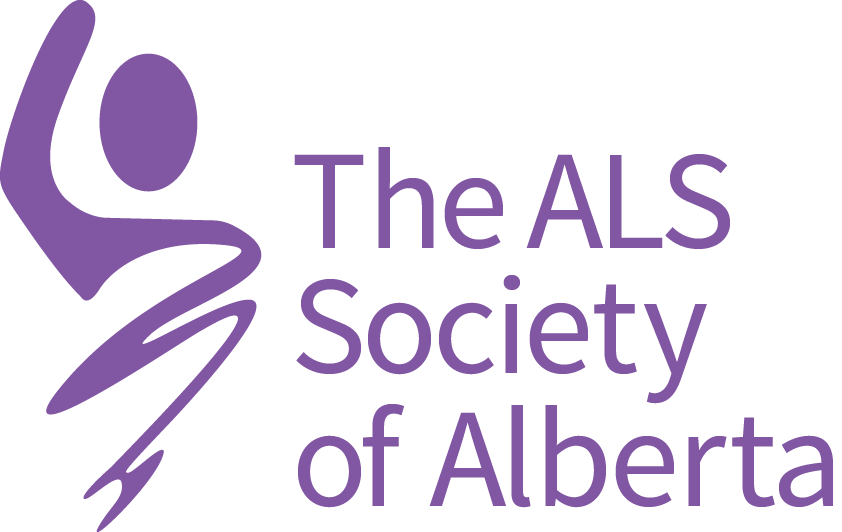The following provides a view of ALS through the eyes of a child who has experienced the loss of a loved one. Cheryl Ward was diagnosed with ALS in March 2016 and sadly we lost her in October 2019. Cheryl was very proud of her Nephews and their families, and her Great Niece Kylie Cooper gave the following speech in February for her 4H Public Speaking presentation. Kylie is 11 years old and is a Junior in 4H. She chose the topic, then did all of the research herself and presented live to an audience of approximately 50 people. She won for her age level and was able to move on to District Level for presentation. Thank you, Kylie for providing such a wonderful tribute to your Great Aunt, while educating people about ALS.
Just One Wish
Close your eyes, go on! Now imagine yourself sitting in a doctor’s office and they tell you that you have been diagnosed with Amyotrophic lateral sclerosis. Open your eyes.
Good morning/afternoon madam chairperson, honorable judges, ladies and gentlemen, guests and fellow 4H members. Amyotrophic lateral sclerosis (also known as ALS, Lou Gehrigs, or motor neuron disease) is a disease that gradually paralyzes people because the brain is no longer able to communicate with the muscles of the body. Over time, as the muscles of the body break down, someone living with ALS will lose the ability to walk, talk, eat, swallow and eventually breath.
Our brain is connected to our muscles through millions of specialized nerve cells, called Motor Neurons. Motor Neurons act as our bodies “internal wiring” and allow us to move our bodies as we choose. The brain will send a signal along the motor neurons telling the muscle to move. This signal is an electrical impulse created by chemicals in our neurons. Which is what a person living with ALS loses the ability to do.
Unfortunately, my family is familiar with the disease as my Great Aunt Cheryl was one of the estimated 3,000 Canadians living with ALS. My Auntie Cheryl was diagnosed in March 2016, at the age of 65. 80% of the care is shouldered by family members, and the other 20% by the ALS Society of Alberta. People living with ALS require costly equipment to help them try to function as normal for as long as possible, which most of the equipment is provided by the ALS Society, relieving a bit of the burden off the family.
ALS is a drain on the caregivers physically, emotionally, and financially. In the beginning, our family was able to care for Auntie Cheryl, but her body deteriorated quickly ending with having to hire homecare. The sensory neurons in people living with ALS continue to function normally, meaning they continue to feel the sensations of hot, cold, discomfort, pain etc. The mind also often remains completely alert and lucid, a person living with ALS has a lively, unimpaired mind, but is trapped in a paralyzed body.
This was probably the hardest part for me, trying to have a conversation with her but not being able to understand what she was trying to say, as the muscles in her face, lips and tongue no longer worked. She did end up getting a voice box, where she was able to type what she wanted to say, and it would speak for her. Eventually she was unable to use it due to the loss of the muscles in her arms and fingers. It made me sad to see her lay in her bed unable to move or communicate, but still have the mind to want to be able to do things.
80% of ALS patients pass away within 2-5 years since diagnosis, although 10% have been known to live 10 years or longer. I am sad to say that Auntie Cheryl was among that 80%, as she passed away in hospital on October 13th, 2019. She fought hard to stay in her home for most of her illness, but in the end, it was just not medically possible.
My one wish would be that Amyotrophic lateral sclerosis would be words that no one had to hear.

